Date: 20 May 2009
A new goal was reached with the introduction of Thiover: this new generation of sealants makes it possible to earn LEED® credits and to certify buildings in compliance with the American Green building rating system.
Thiover, the polysulphide sealant specifically designed for insulating glass, fully complies with the rating system developed in North America. 
Paul Chackery, Product Manager and Director of the Research & Development division of Fenzi North America - Fenzi’s US marketing and manufacturing site that focuses on product eco-compatibility - explains the result achieved as follows: «Thiover contributes to the Green Building Rating System with the advantage of maximizing available LEED® points in some key areas used for classifying building performances.
Thiover helps architects, construction managers and engineers to obtain high-performance green building certification».
LEED® - Leadership in Energy and Environmental Design - is a third-party certification program, which encourages and accelerates global adoption of sustainable green building. Studied by the US GBC (U.S. Green Building Council) in collaboration with some American and Canadian companies and Universities, LEED® is the Green Building Rating System that provides building owners and operators with the tools required to build eco-compatible buildings and measure their impact on the environment.
LEED® promotes a whole-building approach to sustainability by recognizing performance in six key areas of human and environmental health: sustainable site development, water efficiency, energy efficiency, materials selection, indoor environmental quality, innovation & design process. Certification is based on the total point score achieved. 
Traction test on a polysulphide sealant. The Research & Development division of Fenzi Group attends to reach increasingly better performances and focuses on product eco-compatibility.
Thiover sealant contributes to maximizing available LEED® points in some key areas used for classifying performance criteria. Therefore, Thiover helps architects, construction managers and engineers to achieve the high-performance green building certification and to enhance the value of the building. Having been proven to provide the best field performance when used in a dual sealed IG system, Fenzi Thiover polysulphide sealant contains no solvents or other hazardous ingredients. Thiover has excellent mechanical properties, including low permeation of water and gas; it is also compatible with all types of spacer systems and most glazing materials. Thiover is produced in different viscosities in order to suit the individual requirements of the operator and of the equipment in use.
LEED® criteria met by Thiover sealants
- Use of building materials and products extracted and manufactured within the region: Fenzi North America has strategically set up a manufacturing facility in North America to the benefit of North America. Thiover is produced using over 80% of raw materials sourced from the surrounding area, thereby supporting local business, decreasing the cost for production and helping to reduce pollution and the environmental impact caused by long-distance transportation.
- Minimize material use and construction waste over a building’s life resulting from premature failure of the building and its components: Fenzi has always focused on quality and durability; units made with Thiover are designed to withstand over 20 years of severe climatic conditions.
- Indoor Environmental Quality: Thiover is manufactured without any addition of solvents that could emit odorous and potentially irritating and harmful volatiles into the atmosphere. Not only does this benefit the installers and the occupants, but also contributes to the safety of the manufacturers who assemble the unit.
- Use of innovative building technology: Fenzi has always focused on environmental protection and on low thermal transmittance for IG units; Thiover, used in conjunction with other low VOC building materials, may lead to potential innovation credit.

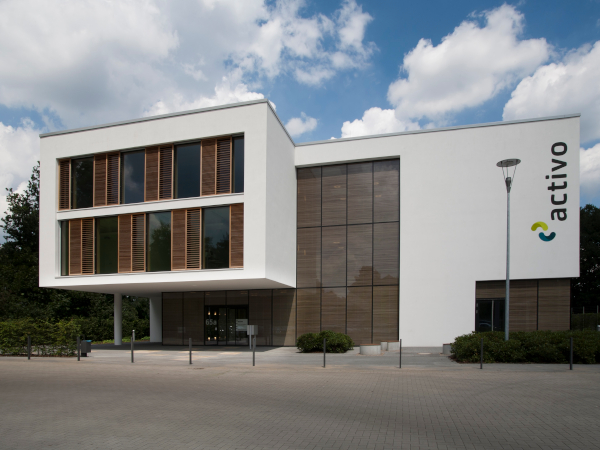
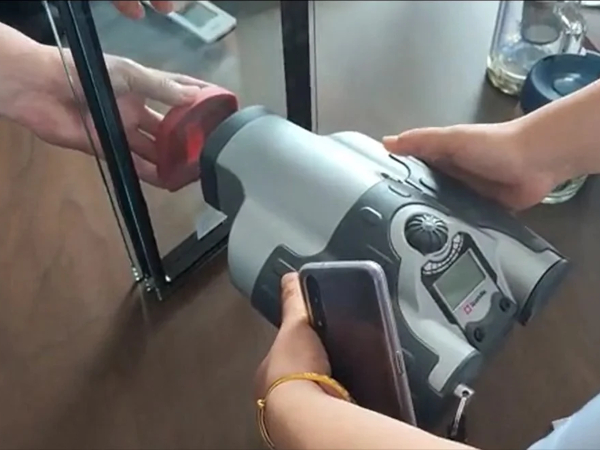
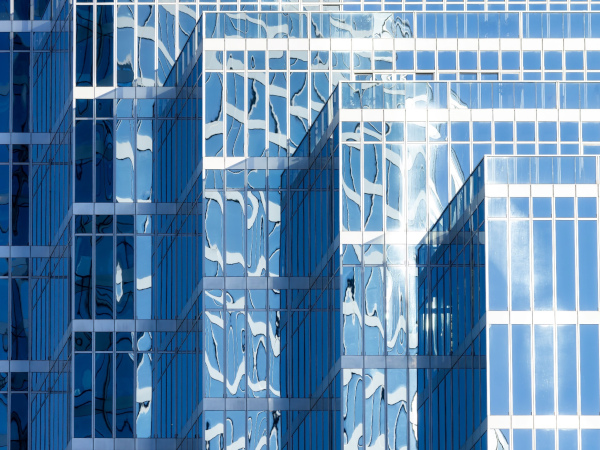











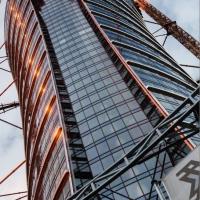



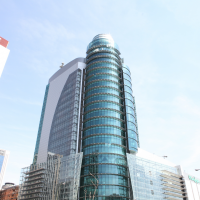
Add new comment